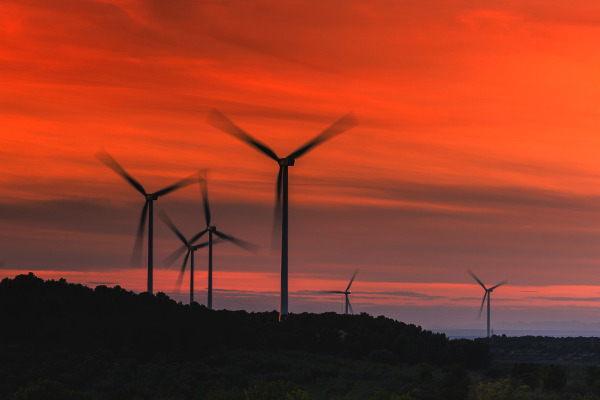The Strategic Energy Technology Plan should focus more on power generation, transmission and grids.
One of the five dimensions of the Energy Union is research, innovation and competitiveness. The strategy for this dimension will be presented in November at the Central European Energy Conference.
Yet, a process dedicated to research in the energy sector has been ongoing since 2007. It is called the Strategic Energy Technology Plan – SET Plan. It was launched in 2007, explains the European Commission, with the objective to coordinate low-carbon R&D activities among EU Member States and other countries who wish to join in.
Orientation towards smart grids
According to a document by the Slovak government, Commission Vice-President in charge of the Energy Union Maroš Šefčovič hinted, that the SET Plan will be focused on smart grids.
"The Energy Union will only be made possible through a smartening of our energy systems,” the Commissioner said.
“This concerns our industry, our homes, our transportation, our working environment, and the cities in which we live. Smart empowering technologies and innovation, as anticipated in the integrated SET plan, will be a major focus of upcoming Energy Union Research, Innovation and Competitiveness Strategy,” the Commissioner announced.
Preparing the future of energy
According to the Slovak representative in the SET Plan, the idea of the process is to prepare the future of energy.
Andrej Hanzel, who is at the same time a former long-time expert of Slovenské elektrárne, a major Slovak power generation company, holds a critical view of the process.
Based on a questionnaire in 2015, intelligent buildings were recognized as the most important element of the future of energy. “Not the (energy) sources, not the transmission systems, not the electricity distribution, and yet it is impossible without them,” he argues.
Nuclear power vs. renewables
Hanzel is supportive of nuclear energy, which represents more than half of the electricity mix in Slovakia.
“It is the most advantageous (power source) for Slovakia and also the most environment-friendly,” he explains. He thinks the renewables should also be integrated to the energy grid, “definitely yes”. “But they can be but a supplement to the real power, because they are unable to produce electricity 24 hours a day.”
Under the European legislation, Slovakia is committed to increase the part of renewables in the final energy consumption to 14 percent by 2020. In 2014, the share was 12,7 percent.
A good American example
Hanzel says the Western part of the EU is more active that the Eastern states. But their view, he believes, is too clinging too much towards the renewables. “You cannot build the future on subsidies,” the Slovak representative says.
How to improve the SET Plan? He sees a good example in the United States.
Hanzel hails the combination of public research in energy and private funding of its development. “If we had this system, it will hurt the common EU budget, but there is also a real chance for the project to succeed in reality.”

 __
__
 _
_
 _
_ _
_